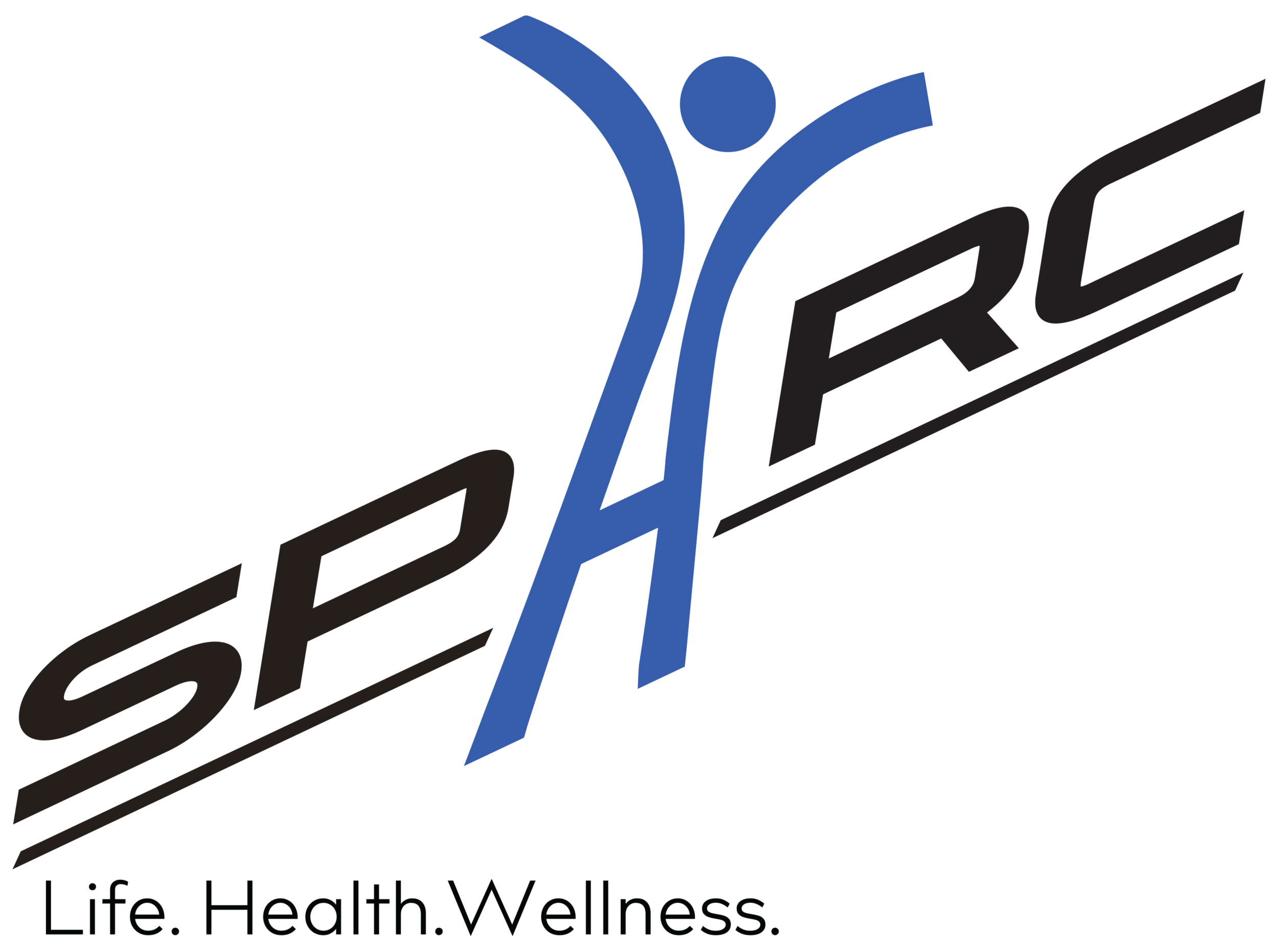Dancers and Foot Pain
Dancers are some of the most versatile athletes in the world combining flexibility, strength, power and stamina. Sometimes dancers train so hard or so much that they get hurt. Occasionally, an injury can happen like spraining an ankle or straining back muscles. Very often though, dancers develop chronic pain over a longer period of time. These nagging pains can affect performance, stamina and mood. Reducing or eliminating pain is vital to the longevity and growth of these athletes. I’ve worked with a lot of dancers and I tend to see some common problems that develop. Here’s a big one and how to overcome it:
Plantar fasciitis, toe pain or general foot pain.
Most dancers are resigned to thinking that they will always have foot pain. After all, dancers use their feet a lot and many dance in heels. However, reducing or eliminating foot pain is possible. Here is what I commonly find in dancers with foot pain:
Gluteus Maximus dysfunction
The Gluteus Maximus is a powerful extensor and stabilizer of the hip. The glute muscles allow athletes to be explosive but also maintain optimal pelvic positioning. Put simply, this means that you can generate a lot of force while keeping the body balanced. Pretty important if you’re a dancer. However, when the glute muscles, especially the glute max is dysfunctional, extra pressure is translated down to the knees and feet. Instead of having balance and power generate from the larger joints of the pelvis, balance is borrowed from the muscles of the lower leg and foot. Compensate in this way long enough, and you will most likely encounter foot pain from the extra foot pressure.
How does this problem develop over time? Often, dancers do not initiate movement from their core enough but instead drive movements from their lower legs and feet. This sets up the body to use a suboptimal pattern. Additionally, heeled shoes are inherent to many styles of dance, especially ballroom. Because of the elevated heel, it tends to create an anterior pelvic tilt which puts the pelvis out of a neutral position. This makes it mechanically more difficult for the brain to contract the glutes.
How do you know if your glutes might be dysfunctional? Stand barefoot with your feet together. Now lift one knee up so you are standing on one leg. What do you notice? If your toes are gripping the ground, perhaps even curled, then you may have some glute issues. At the very least, there is some issue that is causing the over-recruitment of the foot muscles. Here’s how I help people fix it:
1. Assess movement. By watching you dance, we can see what positions you habitually put your spine and hips in. Is force being generated from the core or from the foot? Is the foot being placed in a suboptimal position in relation to the rest of the body?
2. Check muscle and kinetic chain function. Once we’ve identified where the problem is stemming from, I neurologically test the function of your muscles. Underlying compensation patterns and faulty mechanics are revealed. And no, just because you work your butt out all the time or you can squat with perfect technique does not mean your glutes are functioning fine.
3. Reprogram the body and integrate the movement. We restore the neurological function of your muscles through corrective exercise and other strategies. Then we help your body reprogram this back into your movement so you can move and dance better with less pain!
